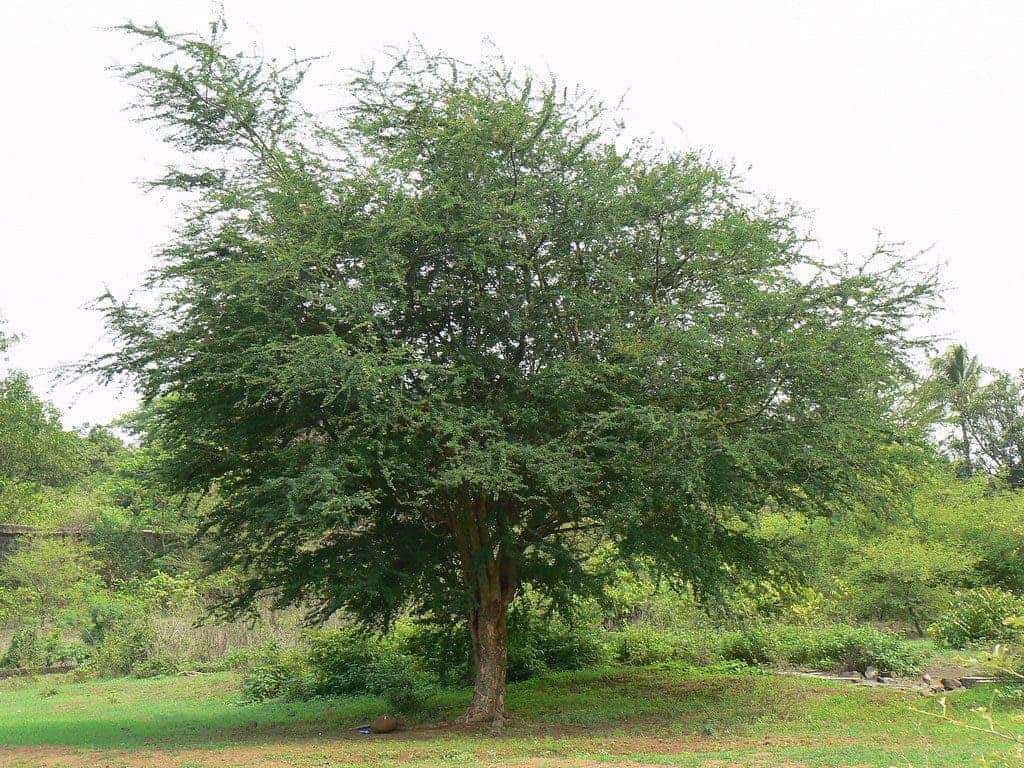Subject to growing wildfires and deforestation, the Amazon has been recently challenged in Brazil and Bolivia. But there’s a ray of hope, as researchers are encouraging farmers to plant a tree species that could keep the soil fertile.

The inga tree, known as the ice cream bean three, can grow on the very poor soil left by destructive slash and burn land clearing and also improve the soil, making it fertile enough for other species to return.
The tree fixes nitrogen into the soil, a key nutrient for plants. Then, its beans can be sold by farmers, leaves from the trees can be fed to cattle, and they can be coppiced to create firewood – giving people several reasons to invest in growing them.
The Ouro Verde Institute in Brazil is behind an initiative designed to support farmers wishing to plant inga trees, aiming to prove that farmers can expect to get an income from the species – which is a type of legume.
Toby Pennington, a professor of tropical plant diversity and biogeography at the University of Exeter, told the BBC: “Even amongst legumes, they have pretty fantastic growth rates. If you had a cup of coffee this morning that came from Latin America, the odds are that it was growing underneath one of these inga trees.”
The ecosystems that thrive below the branches of the trees are also an important factor for boosting ecological diversity and assisting growers with the means of making even greater financial returns. Greater coverage of land where ingas are grown could also provide vital corridors for wildlife in the Amazon.
However, attempts to re-green areas of the Amazon needs to occur at the same time as stopping the destruction of the rainforest. Fires in the Amazon have increased by 84% since the same period last year, according to satellite data from Brazil’s National Institute for Space Research.
In June, the institute published data showing an 88% increase in deforestation in the Amazon compared to the same month a year ago. The data release led to Brazilian president Jair Bolsonaro accusing the director of the National Institute for Space Research of lying, which apparently led to him being fired.
The Amazon rainforest has long been recognized as a repository of ecological services not only for local tribes and communities but also for the rest of the world. It is also the only rainforest that we have left in terms of size and diversity.






